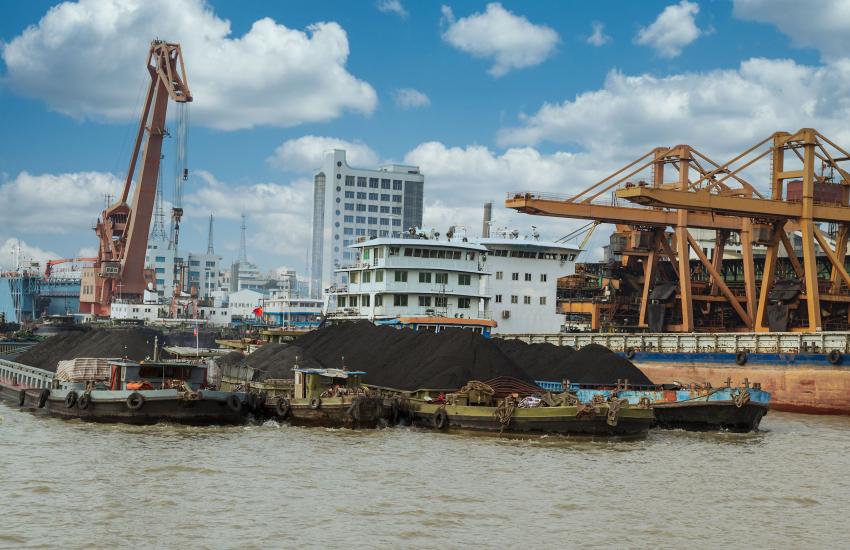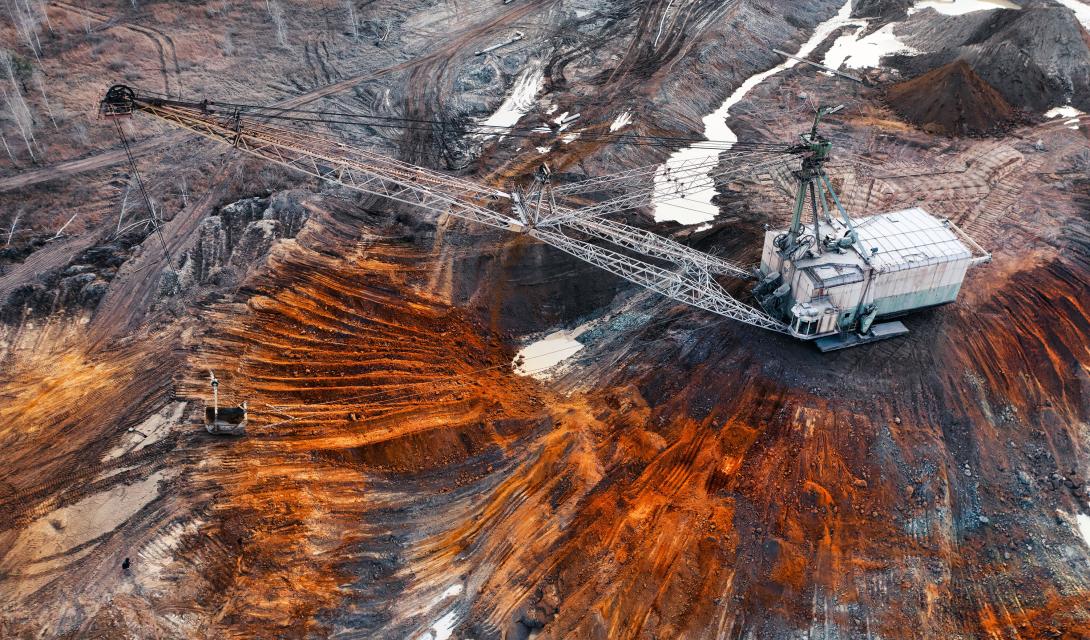China’s Dominance in Strategic Minerals Goes Beyond Ore
The United States may be on a path to becoming one of the world’s largest lithium producers. But critics lament that many strategic minerals are in the hands of rival nations, especially China.
The U.S. Geological Survey compiled a list of 90 strategic minerals that includes widely known copper and lithium and elements like yttrium and germanium, part of the rare earth subset.
“Demand for critical mineral commodities is on the rise with increasing applications in consumer products such as phones and tablets. Research and assessment activities address the need for more up-to-date information on the nation’s and the world’s critical mineral resources,” stated the U.S. Geological Survey (USGS) in a report.
The challenge for the West is that “China’s mineral dominance policy has become a key element of their one-hundred-year plan for eventual economic and military superiority,” according to Ned Mamula and Ann Bridges in their book, “Groundbreaking.”
Unfettered access to lithium, as well as other resources, is a strategic need for the U.S. and the West’s move toward green energy.
“Clean energy technologies—from wind turbines and solar panels, to electric vehicles and battery storage—require a wide range of minerals and metals,” stated a report by the IEA, the International Energy Agency.
The IEA expects that electric mobility and energy storage mineral demand will jump from 0.4 metric tons in 2020 to 12.7 in 2040, according to the same IEA report. A key raw material in this growth is lithium, and for the world to achieve an energetic sustainable development scenario, demand should multiply 42 times between 2020 and 2040.
For environmentalists’ and policymakers’ goals to be met, supply will have to cope with booming demand.

Nevada’s Thacker Pass site may be among the largest in the world. Until extraction starts, China will continue to enjoy its power over global extraction, refining and production of lithium for batteries. Despite the good news in the United States, the Asian country still has complete dominance in the final echelons of storage units, especially for electric mobility.
“For decades, they’ve been locking up some of the best assets across the world and quietly going about their business and developing knowledge on building lithium-ion technology,” said Simon Clarke, CEO of American Lithium, a mining company.
“And we’ve been very slow to react to that,” Clarke told journalists.
While many sighed with relief when Lithium Americas, the Canadian company that owns the large deposits found in Nevada, confirmed the size of their discovery in mid-2023, few seemed to understand that China’s hold goes beyond extraction.
Lithium is mainly sourced in Australia, Chile, Argentina and China, according to the USGS. After some processing, it is mostly exported to Asia for battery manufacturing.
Since 2018, China’s Ganfeng Metals has owned Mount Marion, Australia’s largest lithium mine and the world’s largest confirmed deposits. Of the seven top battery manufacturers, three are Chinese and command 50.5% of the world market, according to Statista, an analytics firm. Korea follows with 26.3% of the market as of 2022, and Japan is third with 9.9%.
One Chinese company, CATL, commands over a third of global battery supplies. It started as a business to power the emergent smartphone market and received a boost from Beijing in 2016 when it was designated as an approved electric vehicle battery supplier by the Ministry of Industry and Information Technology.
“We’re building plants as fast as we can just to keep up with demand. The government is fully committed. In the 1980s, we kept hearing about this magic battery called lithium. Here we are 30 years later, and we’ve finally got lithium into production and the rate of growth is faster than we expected,” Bob Galyen, CATL’s former chief technology officer, told journalists in 2018. Galyen, an American, helped propel the company to its current position. He left the Chinese giant in 2019.
Attempts to contact Galyen went unanswered.
Beijing’s designation meant that all electric vehicles in the country were forced to source their power units locally. Thus, manufacturers received orders from large local plants as foreign makers were interested in selling locally.
China’s vertical integration, from mining to energy unit, gives the country a strategic edge in green technologies now and into the future.
“If the wrong country goes to war with us, we don’t have enough batteries to support our military,” Galyen told journalists recently.
At a time when the military is discussing the use of an array of portable electronics to operate, running out of power could decisively stop defense.
Attempts to contact CATL were unsuccessful.






Comments